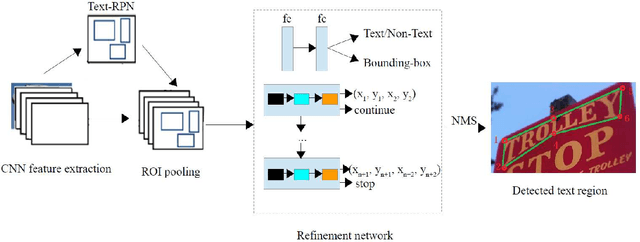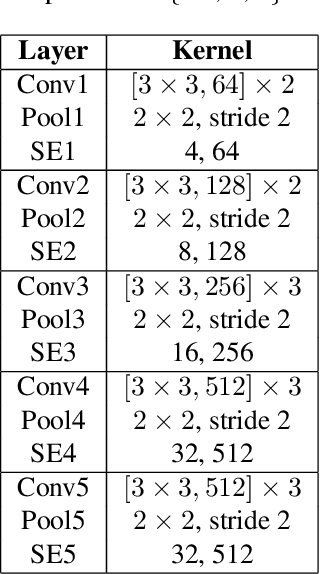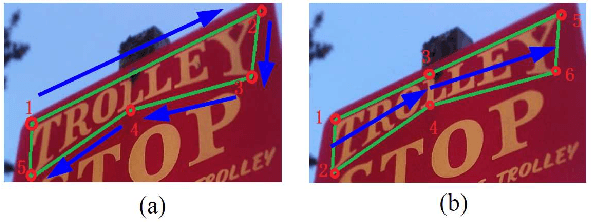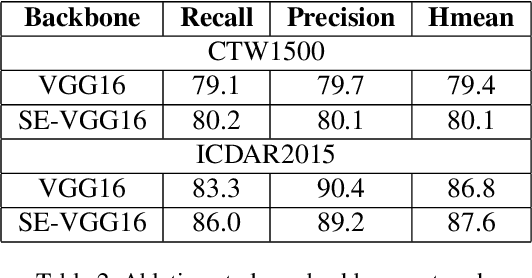Hyunsoo Choi
Overcoming the Rayleigh limit in extremely low SNR
Oct 16, 2023Abstract:Overcoming the diffraction limit and addressing low Signal-to-Noise Ratio (SNR) scenarios have posed significant challenges to optical imaging systems in applications such as medical diagnosis, remote sensing, and astronomical observations. In this study, we introduce a novel Stochastic Sub-Rayleigh Imaging (SSRI) algorithm capable of localizing point sources and estimating their positions, brightness, and number in low SNR conditions and within the diffraction limit. The SSRI algorithm utilizes conventional imaging devices, facilitating practical and adaptable solutions for real-world applications. Through extensive experimentation, we demonstrate that our proposed method outperforms established algorithms, such as Richardson-Lucy deconvolution and CLEAN, in various challenging scenarios, including extremely low SNR conditions and large relative brightness ratios. We achieved between 40% and 80% success rate in estimating the number of point sources in experimental images with SNR less than 1.2 and sub-Rayleigh separations, with mean position errors less than 2.5 pixels. In the same conditions, the Richardson-Lucy and CLEAN algorithms correctly estimated the number of sources between 0% and 10% of the time, with mean position errors greater than 5 pixels. Notably, SSRI consistently performs well even in the sub-Rayleigh region, offering a benchmark for assessing future quantum superresolution techniques. In conclusion, the SSRI algorithm presents a significant advance in overcoming diffraction limitations in optical imaging systems, particularly under low SNR conditions, with potential widespread impact across multiple fields like biomedical microscopy and astronomical imaging.
Arbitrary Shape Scene Text Detection with Adaptive Text Region Representation
May 15, 2019



Abstract:Scene text detection attracts much attention in computer vision, because it can be widely used in many applications such as real-time text translation, automatic information entry, blind person assistance, robot sensing and so on. Though many methods have been proposed for horizontal and oriented texts, detecting irregular shape texts such as curved texts is still a challenging problem. To solve the problem, we propose a robust scene text detection method with adaptive text region representation. Given an input image, a text region proposal network is first used for extracting text proposals. Then, these proposals are verified and refined with a refinement network. Here, recurrent neural network based adaptive text region representation is proposed for text region refinement, where a pair of boundary points are predicted each time step until no new points are found. In this way, text regions of arbitrary shapes are detected and represented with adaptive number of boundary points. This gives more accurate description of text regions. Experimental results on five benchmarks, namely, CTW1500, TotalText, ICDAR2013, ICDAR2015 and MSRATD500, show that the proposed method achieves state-of-the-art in scene text detection.
deepMiRGene: Deep Neural Network based Precursor microRNA Prediction
Apr 29, 2016



Abstract:Since microRNAs (miRNAs) play a crucial role in post-transcriptional gene regulation, miRNA identification is one of the most essential problems in computational biology. miRNAs are usually short in length ranging between 20 and 23 base pairs. It is thus often difficult to distinguish miRNA-encoding sequences from other non-coding RNAs and pseudo miRNAs that have a similar length, and most previous studies have recommended using precursor miRNAs instead of mature miRNAs for robust detection. A great number of conventional machine-learning-based classification methods have been proposed, but they often have the serious disadvantage of requiring manual feature engineering, and their performance is limited as well. In this paper, we propose a novel miRNA precursor prediction algorithm, deepMiRGene, based on recurrent neural networks, specifically long short-term memory networks. deepMiRGene automatically learns suitable features from the data themselves without manual feature engineering and constructs a model that can successfully reflect structural characteristics of precursor miRNAs. For the performance evaluation of our approach, we have employed several widely used evaluation metrics on three recent benchmark datasets and verified that deepMiRGene delivered comparable performance among the current state-of-the-art tools.
 Add to Chrome
Add to Chrome Add to Firefox
Add to Firefox Add to Edge
Add to Edge